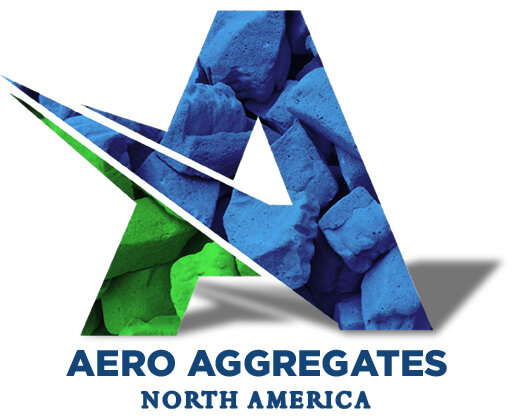UL-FGA are ultra-lightweight aggregates produced from 100% post-consumer recycled glass. The aggregates have a highly frictional surface and combined with a low unit weight, inertness, high permeability, and insulating properties, foamed glass aggregate is ideal as a lightweight backfill.
The idea of foaming waste glass to create a building material has been known for decades but it wasn’t until the 1980s when full scale production began in Europe. These aggregates are 85-90% lighter than quarried aggregates, have a high friction angle, and are good insulators due to their closed cell structure. The manufacturing process converts glass cullet into an inert, non-leaching, rot-resistant, non-flammable and durable construction material.
The initial use of UL-FGA was to prevent frost heave in frost susceptible soils throughout Scandinavia. However, the low unit weight and high frictional properties of the material led to other applications and the demand for UL-FGA has continued to increase.
Current civil engineering challenges require construction on soft soils, reduction of lateral earth pressures, decreased loads on structures, and the protection of tunnels and underground utilities. The unique properties of UL-FGA can address these challenges and be a sustainable solution through the beneficial reuse of glass containers.
UL-FGA is approximately 15% of the bulk unit weight of typical aggregates. This makes the material one of the lightest aggregates available on the market.





